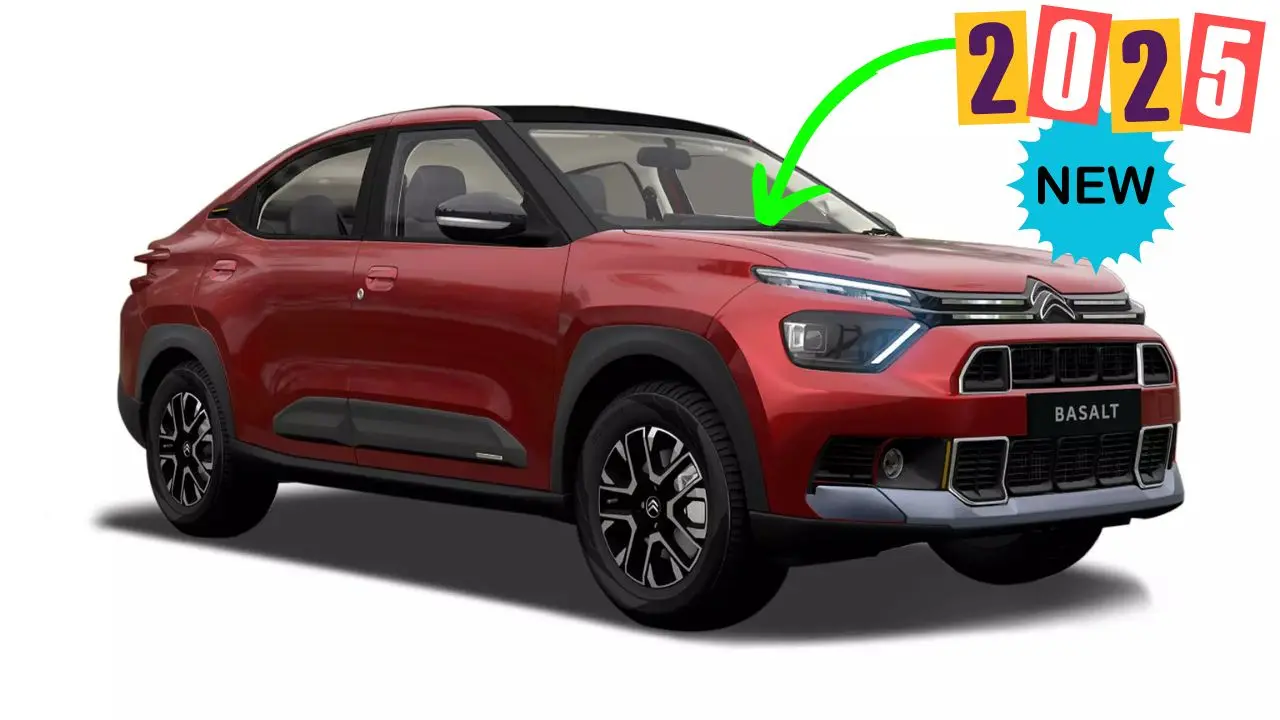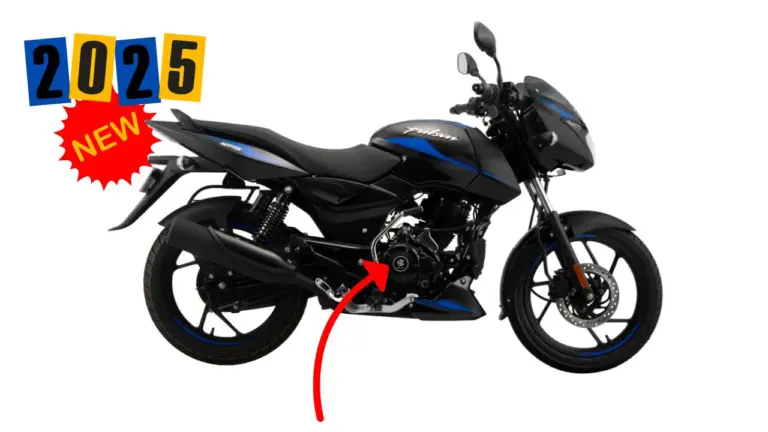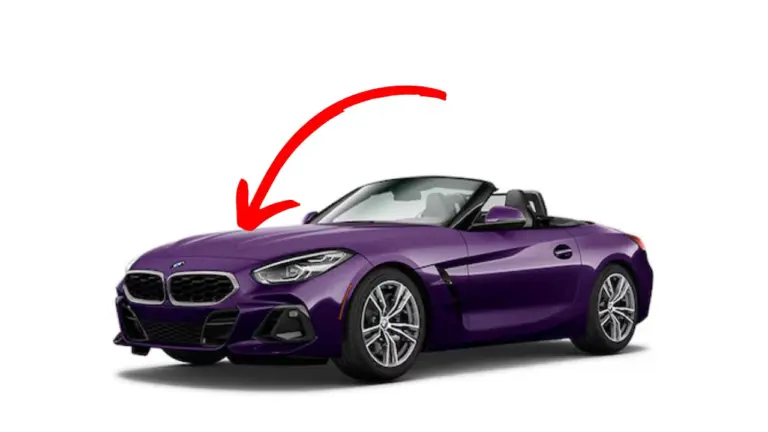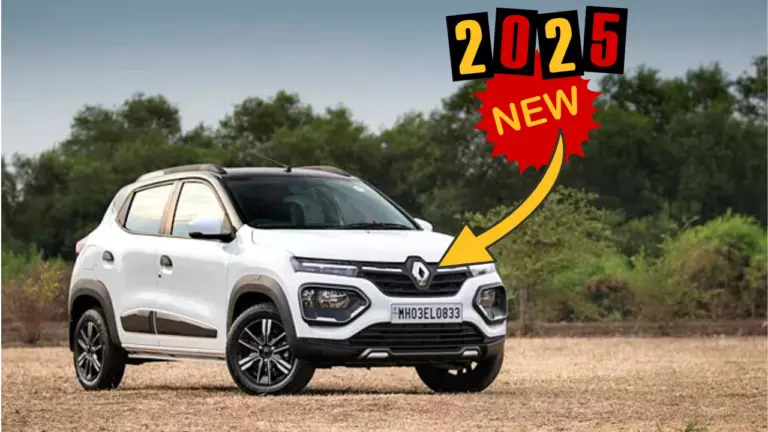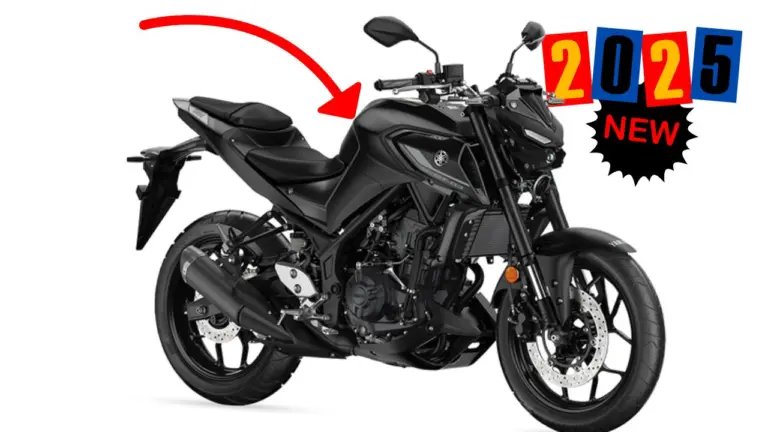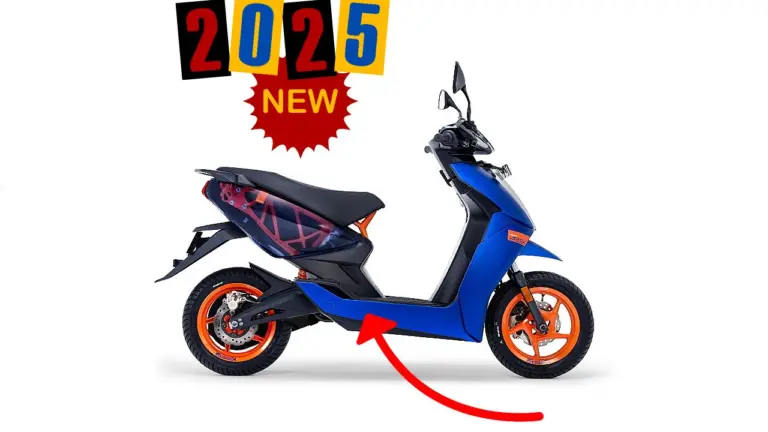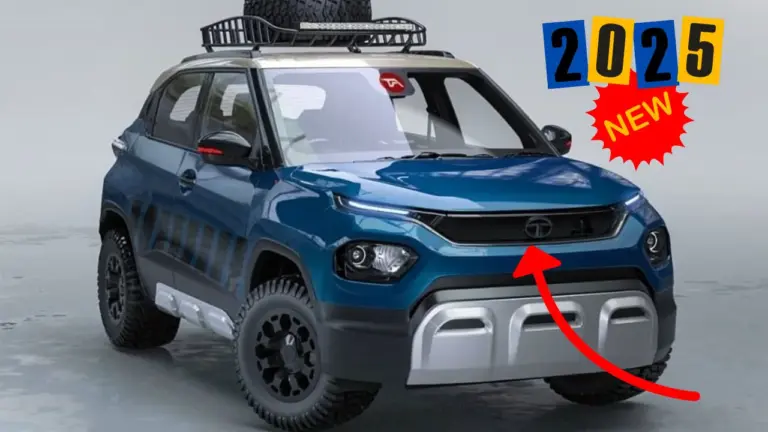Citroën Basalt EV: Zabardast Electric SUV or Overpriced Hype?
The automotive world is buzzing with excitement as Citroën gears up to launch its highly anticipated electric SUV coupe, the Citroën Basalt EV. Set to hit Indian roads in November 2025, this sleek EV promises to blend stylish design with cutting-edge electric technology.
But is it truly a game-changer, or just another overpriced electric vehicle in a crowded market? Let’s take a closer look at what makes the Citroën Basalt EV tick and whether it’s worth your hard-earned cash.
Design and Styling: Electrifying Looks
The Citroën Basalt EV builds upon the striking design of its petrol-powered sibling, with subtle yet significant changes to emphasize its electric nature. Spy shots reveal a familiar silhouette with some key modifications:
- Redesigned front bumper with a closed-off grille
- Revised air intakes for improved aerodynamics
- New alloy wheel designs optimized for efficiency
- Charging port cleverly integrated into the rear fender
The Basalt EV retains the coupe-SUV styling that sets it apart in the segment, with its sloping roofline and muscular proportions. Signature elements like the split LED headlights, wraparound LED taillights, and distinctive Citroën chevrons are expected to carry over, ensuring the electric version maintains its family resemblance.
While the overall design remains true to the ICE Basalt, the EV variant’s tweaks should result in improved aerodynamics, crucial for maximizing range and efficiency. Expect the Basalt EV to turn heads on the road, appealing to those who want their electric SUV to make a bold statement.
Interior and Features: Tech-Laden Comfort
Step inside the Basalt EV, and you’ll find a cabin that blends familiarity with futuristic touches. While Citroën has kept the interior under wraps, we can make some educated guesses based on the standard Basalt and EV trends:
- 10.2-inch touchscreen infotainment system with EV-specific features
- Digital instrument cluster with customizable displays
- Wireless smartphone charging
- Automatic climate control with eco-friendly settings
- Premium upholstery options, possibly including sustainable materials
The Basalt EV is likely to retain the spacious feel of its ICE counterpart, with ample room for five passengers. The absence of a transmission tunnel could potentially increase interior space, a common benefit in purpose-built EVs.
Citroën’s focus on comfort should shine through in the Basalt EV, with the brand’s signature Advanced Comfort seats expected to feature. These, combined with the inherently smooth and quiet nature of electric powertrains, should make for a serene driving experience.
Performance and Range: Electrifying Power
While official specifications are yet to be released, industry insiders suggest the Citroën Basalt EV will pack a punch in the performance department. Here’s what we expect:
| Specification | Expected Value |
|---|---|
| Battery Capacity | 35 kWh |
| Electric Motor | Single motor, front-wheel drive |
| Power Output | Approximately 100 bhp |
| Range (ARAI Certified) | Up to 450 km |
| 0-100 km/h | Under 9 seconds (estimated) |
The 35 kWh battery pack should provide a good balance between range and cost, making the Basalt EV competitive in its segment. The estimated 450 km range would place it on par with or slightly ahead of rivals like the Tata Curvv EV.
In terms of performance, the instant torque delivery characteristic of electric motors should make the Basalt EV feel sprightly in urban environments. While it may not match the outright acceleration of some premium electric SUVs, it should offer more than enough pep for daily driving and highway cruising.
Charging and Practicality
For an electric vehicle to succeed in the Indian market, charging convenience is crucial. The Citroën Basalt EV is expected to offer flexible charging options:
- Standard AC charging (3.3 kW) for overnight home charging
- Fast DC charging capability (expected 50 kW) for quick top-ups
- Potential for vehicle-to-load (V2L) functionality, allowing the car to power external devices
With DC fast charging, the Basalt EV could potentially charge from 10% to 80% in under an hour, making it suitable for longer journeys with planned charging stops. The exact charging times will depend on the final battery specifications and charging infrastructure.
Practicality-wise, the Basalt EV should retain the generous 470-liter boot space of its ICE sibling. The flat floor created by the battery pack might even increase interior versatility, potentially offering more storage solutions than the petrol version.
Expected Price and Market Positioning
Citroën is likely to position the Basalt EV as a premium offering in the electric SUV segment. Based on current market trends and competitor pricing, we estimate the following price range:
| Variant | Expected Price (Ex-showroom) |
|---|---|
| Base Model | ₹14 lakh – ₹15 lakh |
| Mid-range | ₹16 lakh – ₹17 lakh |
| Top-spec | ₹18 lakh – ₹19 lakh |
This pricing strategy would place the Basalt EV in direct competition with the likes of the Tata Curvv EV and potentially undercut some of the more premium offerings in the segment. However, the final pricing will depend on factors such as battery costs, level of localization, and Citroën’s marketing strategy.
Competitors and Market Impact
The Citroën Basalt EV will enter a rapidly growing electric SUV market in India. Its main competitors are likely to include:
- Tata Curvv EV: The most direct rival, offering a similar coupe-SUV styling
- MG ZS EV: An established player in the electric SUV segment
- Hyundai Kona Electric: A premium offering with a proven track record
- Mahindra XUV400: A value-oriented electric SUV with strong brand recognition
The Basalt EV’s success will depend on how well it can differentiate itself in this crowded market. Its unique styling, Citroën’s reputation for comfort, and competitive pricing could give it an edge. However, factors such as Citroën’s relatively new presence in India and the strength of established EV players will pose challenges.
Frequently Asked Questions (F.A.Q)
Q1: When will the Citroën Basalt EV launch in India?
The Citroën Basalt EV is expected to launch in India in November 2025. However, as with all automotive launches, this date may be subject to change based on various factors such as production schedules and market conditions.
Q2: How does the Basalt EV compare to the petrol-powered Basalt in terms of performance?
While official figures are not yet available, the Basalt EV is likely to offer quicker acceleration from a standstill compared to its petrol counterpart, thanks to the instant torque delivery of electric motors. However, top speed may be slightly lower than the petrol version to optimize range. The EV’s overall driving experience should be smoother and quieter.
Q3: Will the Citroën Basalt EV be eligible for government subsidies?
The eligibility for government subsidies will depend on the final specifications of the Basalt EV and the prevailing EV policies at the time of launch. If the Basalt EV meets the criteria set by schemes like FAME II, it could benefit from subsidies, potentially making it more attractive to buyers. It’s best to check the latest government policies closer to the launch date for accurate information.
Wrapping Up
The Citroën Basalt EV represents an exciting addition to India’s growing electric SUV market. With its stylish design, comfortable interior, and promising range, it has the potential to shake up the segment. However, its success will ultimately depend on Citroën’s pricing strategy, the final product’s performance, and how well it can stand out in an increasingly competitive market. As we eagerly await its launch in November 2025, the Basalt EV certainly seems poised to make an electrifying entrance.
Read Also

